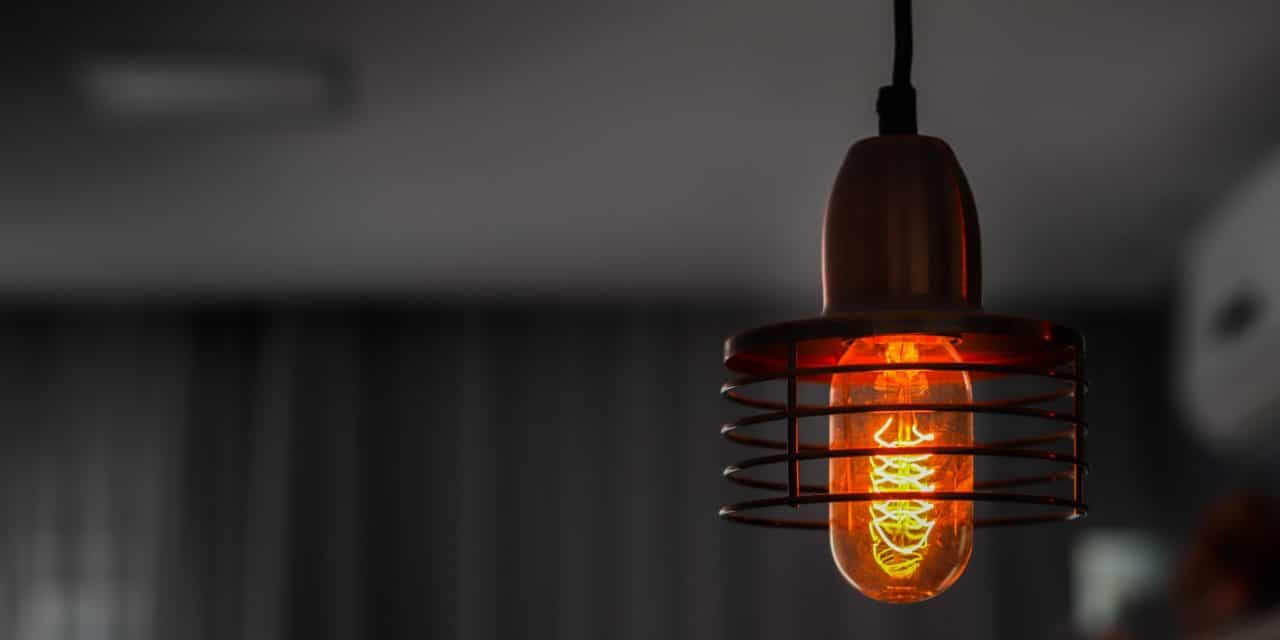[ad_1]
Bankers lamps are one of the earliest kinds of electric lamps. They were made as early as the 1800s. The very first electric lamp was invented in 1801 by Sir Humphrey Davy. It was called the carbon arc lamp, though it wasn't very practical and so not very popular.
Then, in the 1870's, electric lamps were commercially produced. Thomas Edison and Joseph Swann were two major inventors that helped to make this possible. Thomas Edison's lamps were produced by his own company.
Bankers lamps were typically made with a solid brass base and a glass shade. In the early days, these shades were blue or green.
People like students, executives, and collectors buy lots of bankers lamps each year. They are more expensive than many other kinds of lamps because they continue to be popular.
Bankers lamps are considered to be accent lighting or task lighting. They are used for lighting desk tops. They are short lamps with a downward focus. There is usually a switch at the base or a chain near the bulb that you can pull to turn it on. They were originally used by bankers, who worked long hours, looking at small numbers. They needed extra light on their desk to make their job a little easier.
If the shades break, you can easily replace them, unless they are antique or intricate in design, such as a Tiffany style lamp. The plain green or blue shades are easy to replace, though, since they are small and inexpensive to make.
These lamps are often used on pianos, but their short base makes them better suited for a desk.
[ad_2]
Source by Amy Boyack


